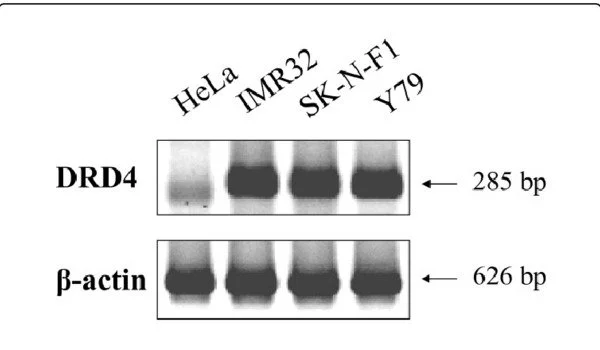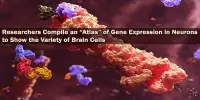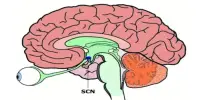ADHD (attention-deficit/hyperactivity disorder) is a complicated neurodevelopmental condition with a strong hereditary component. Several genes have been discovered by researchers as potentially contributing to the chance of having ADHD. However, it is crucial to highlight that ADHD is a polygenic illness, which means that it is most likely caused by the interplay of numerous genes, each of which has a minor impact on the chance of having the condition. Furthermore, environmental variables contribute to the development of ADHD.
Differences in gene activity in the brains of persons with attention deficit hyperactivity disorder (ADHD) have been successfully detected by researchers. The study discovered that those with ADHD have variations in genes that code for recognized substances used by brain cells to communicate. The findings demonstrate how genetic differences may contribute to symptoms.
The National Institutes of Health (NIH) has successfully detected changes in gene activity in the brains of persons suffering from attention deficit hyperactivity disorder (ADHD). The study, lead by scientists at the National Human Genome Research Institute (NHGRI), a division of the National Institutes of Health (NIH), discovered that people with ADHD have variations in genes that code for recognized substances that brain cells use to communicate. The results of the findings, published in Molecular Psychiatry show how genomic differences might contribute to symptoms.
The study contributes to our understanding of ADHD by demonstrating how the condition is linked to changes in how certain genes are expressed in the brain. This advances our understanding of how genetic differences change gene expression in the brain and contribute to ADHD symptoms.
Philip Shaw
This is the first study to use postmortem human brain tissue to explore ADHD. Other ways to examine mental health disorders include non-invasive brain scanning, which allows researchers to evaluate the structure and activation of brain areas. However, these studies lack information at the gene level about how genes influence cell activity and cause symptoms.
The researchers utilized RNA sequencing, a genetic technique, to investigate how certain genes are turned on or off, a process known as gene expression. They looked at two linked brain areas associated with ADHD: the caudate and the frontal cortex. These areas are known to be important in managing a person’s attention. Previous research found differences in the structure and activity of these brain regions in individuals with ADHD.
As one of the most common mental health conditions, ADHD affects about 1 in 10 children in the United States. Diagnosis often occurs during childhood, and symptoms may persist into adulthood. Individuals with ADHD may be hyperactive and have difficulty concentrating and controlling impulses, which may affect their ability to complete daily tasks and their ability to focus at school or work.

Researchers have been able to identify genes associated with ADHD thanks to technological developments, but they have not been able to demonstrate how genetic variations in these genes operate in the brain to contribute to symptoms until now.
“Multiple types of genomic studies are pointing towards the expression of the same genes,” stated Gustavo Sudre, Ph.D., associate investigator in the Social and Behavioral Research Branch of NHGRI’s Intramural Research Program, who conducted this study. “Interestingly, these gene-expression differences were similar to those seen in other conditions, which may reflect differences in how the brain functions, such as in autism.”
Importantly, the researchers found that these differences affected the expression of genes that code for neurotransmitters, which are chemicals that brain cells use to communicate with one another. In particular, the results revealed differences in gene expression for glutamate neurotransmitters, which are important for brain functions such as attention and learning.
“The study contributes to our understanding of ADHD by demonstrating how the condition is linked to changes in how certain genes are expressed in the brain. This advances our understanding of how genetic differences change gene expression in the brain and contribute to ADHD symptoms,” says Philip Shaw, M.D., Ph.D., senior investigator in the Social and Behavioral Research Branch and study supervisor.
Postmortem studies are uncommon due to the scarcity of donated brain tissue, but they are extremely valuable since they allow researchers direct experimental access to the brain.
“Such postmortem studies have accelerated our understanding of other mental health challenges, but to date no such studies have looked at ADHD until now,” Dr. Shaw stated.
















